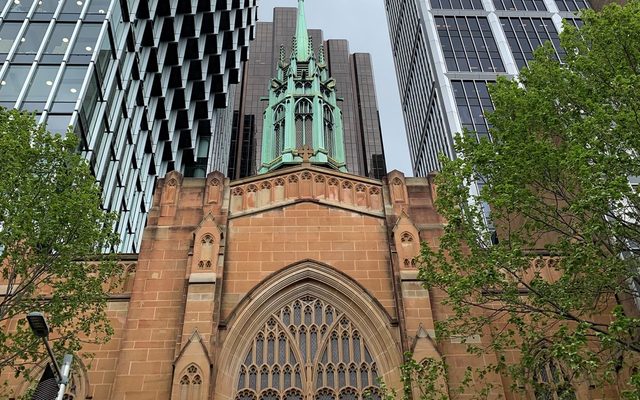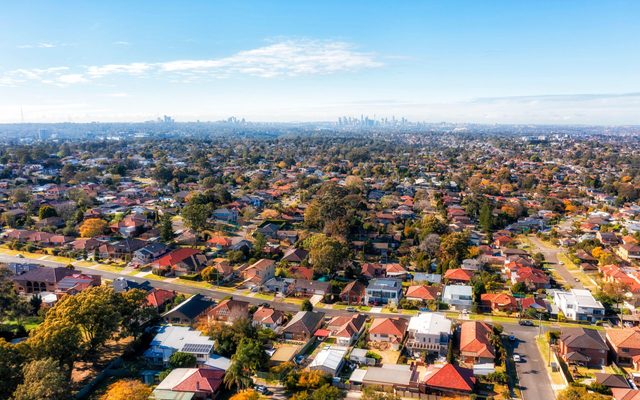This article is from the Australian Property Journal archive
COMMERCIAL property investment returns have stabilised at 10.3% for the year ending March, underlined a strong 7.4% growth in income and 2.7% increase in capital returns, according to PCA/IPD's Property Index Performance 2012 Q1.
This result is slightly lower total return in comparison to the previous quarter of 10.4%. The result is still slightly above the long-run average return of 10.1%.
The index covers approximately 1,700 assets valued at $1.35 billion.
IPD Australia and New Zealand managing director Dr Anthony De Francesco said the latest results again confirm that the Australian commercial property investment cycle has stabilised.
“The moderation in returns reflects a generally soft macro economy, translating into weak net absorption for office space and weak retail turnover growth for retail shopping centres.
“Notably, the industrial, hotel and healthcare sectors deliver a very attractive income return premium over the bond rate. This should grab investor interest who is seeking strong income-oriented investments,” he added.
Across sectors, performance was variable with retail, office and industrial posting annual total return of 9.4%, 10.5% and 9.8% respectively.
In comparison with annual returns to December 2011, returns varied across the core sectors. Office returns where higher by 20bps whilst industrial returns declined by a similar 20bps. Notably the return for the retail sector was lower by 40 bps over the quarter. This was predominantly driven by a 30bps decline in the capital return and reflects ongoing softness in retail spending and general consumption.
The income return premiums across the retail, office, industrial, hotel and healthcare sectors are 250bps, 290bps, 42bps, 42bps and 470bps respectively. Notably, the non-core sectors deliver a very strong income return premium against the core sectors of retail and office.
Notably, the Australian commercial property market performs well against its European peers but underperforms against the North American markets of US and Canada.
De Francesco said the on-going European sovereign debt crisis is keeping capital markets on edge, reflected in persistent volatility in stock markets around the world.
“Given the global backdrop, IPD expects market space market conditions to remain relatively sluggish for the remainder of 2012.”
IPD Australia also launched the Australian Investment Flows Index, sponsored by J.P.Morgan.
The index is the first information tool in the Australian market to track purchases, sales and net transactions across property sectors and investment vehicles including REITs, Unlisted Wholesale Property Funds and Unlisted Retail Property Funds.
IPD Australia and NZ research manager Peter McGuinness said pre-GFC, the total return focus of Unlisted Wholesale Property Funds allowed aggressive asset acquisitions which allowed these funds to outbid yield focused REITs in the competition for assets.
“Currently a “swap‟ phase is taking place with assets transferring from REIT ownership to UWPFs. This signals consolidation in the listed property market as capital moves towards unlisted wholesale property investments.
Post GFC, the UWPFs market progressed through a consolidation phase which included selling assets to free up capital and pay down debt. Wholesale funds have now entered a growth phase with increasing net investment boosted by increased flows of debt and equity.
“It is clear that UWPFs have progressed through a consolidation phase and are now positioned for growth. Positive net investment flows and increasing levels of debt and equity are now being translated into asset acquisitions,” McGuinness said.
Property Review



